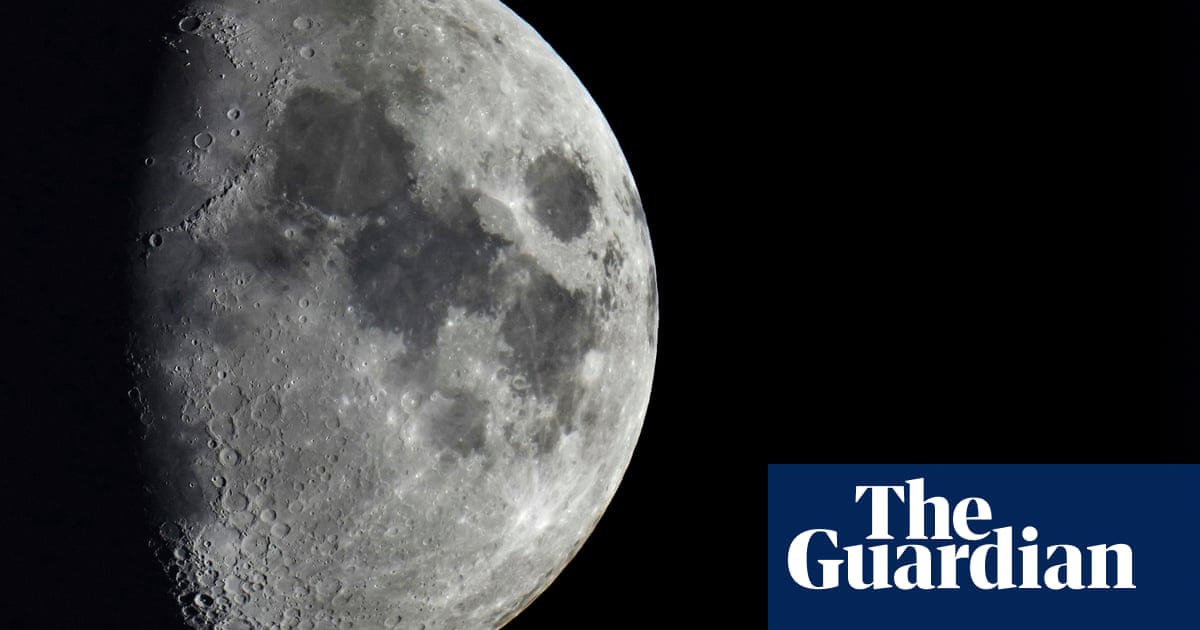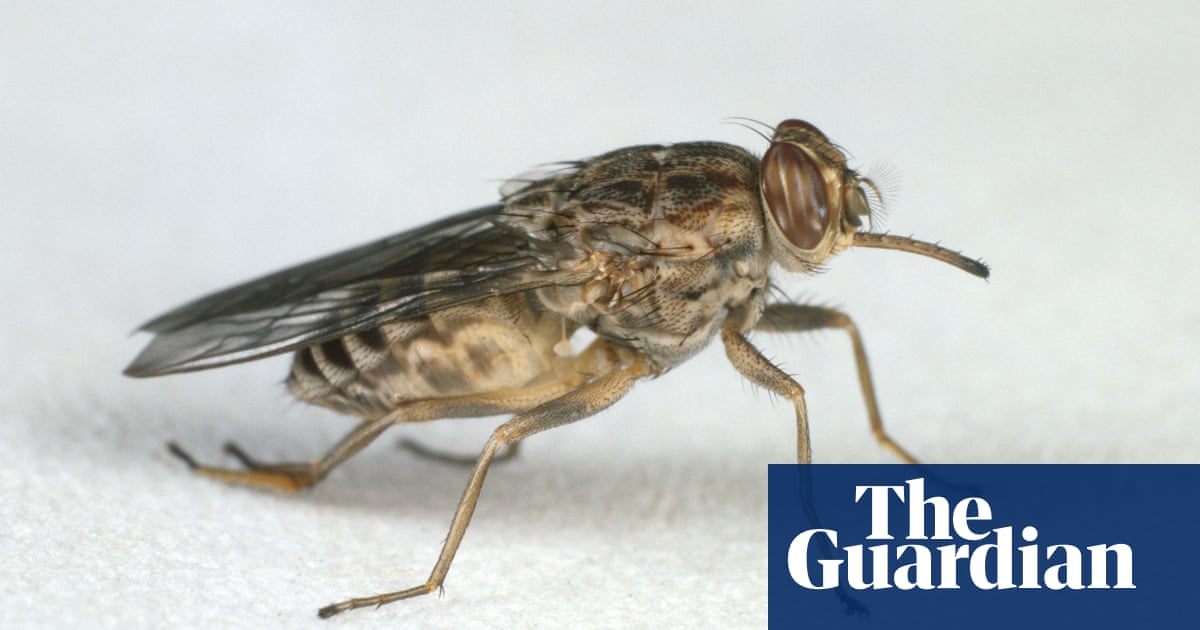
Artificial light should be treated like other forms of pollution because its impact on the natural world has widened to the point of systemic disruption, research says.
Human illumination of the planet is growing in range and intensity by about 2% a year, creating a problem that can be compared to climate change, according to a team of biologists from the University of Exeter.
Hormone levels, breeding cycles, activity patterns and vulnerability to predators are being affected across a broad range of species, they write in a paper published in the journal Nature Ecology and Evolution.
From reduced pollination by insects and trees budding earlier in spring, to seabirds flying into lighthouses and sea turtles mistakenly wandering inland to bright hotels in search of the dawn sun, their study-of-studies brings together 126 previous papers to assess the extent of the impact.
In all the animal species examined, they found reduced levels of melatonin – a hormone that regulates sleep cycles – as a result of artificial light at night.
Behavioural patterns were also disturbed in both nocturnal and diurnal creatures. Rodents, which mostly forage at night, were active for a shorter duration, while birds started singing and searching for worms earlier in the day.
The outcomes were not purely negative. The scientists said certain species in certain locations benefited from night-time light: some plants grew faster and some types of bats thrived. But they said the overall effect was disruptive, particularly to the insects drawn to singeing bulbs or fast-moving car lamps.
“What stands out is how pervasive the effects are. The effects were found everywhere – microbes, invertebrates, animals and plants,” said the lead author, Kevin Gaston, a professor at the university’s Environment and Sustainability Institute. “We need to start thinking about lighting in the way we think of other big systemic pressures like climate change.”
He said there had been an increase in studies in the past five to 10 years as the amount of lighting in the world has increased and the effects become more evident.
Satellite images of the Earth at night show how rapidly the problem is expanding geographically, but lights are also becoming more intense as expensive soft amber bulbs are replaced by greater numbers of cheap bright white LEDs. This is biologically problematic because the white light has a wider spectrum, like sunlight.
Gaston urged governments, companies and individuals to be more discriminating. “At the moment, we have the attitude that lighting is something we chuck out there and don’t think about it very much. But we need to think in terms of using it only when we need it, where we need it and how we need it,” he said. “It is another pollutant.”
Unlike the climate crisis, however, he said solving the lighting problem would save rather than cost money. If people use fewer lights, it would mean lower costs, less electricity and lower emissions. But it would require a change of mindset.
“At the heart of this is a deep-rooted human need to light up the night. We are still in a sense afraid of the dark,” he said. “The ability to turn the night-time into something like the daytime is something we have pursued far beyond the necessity of doing so.”












